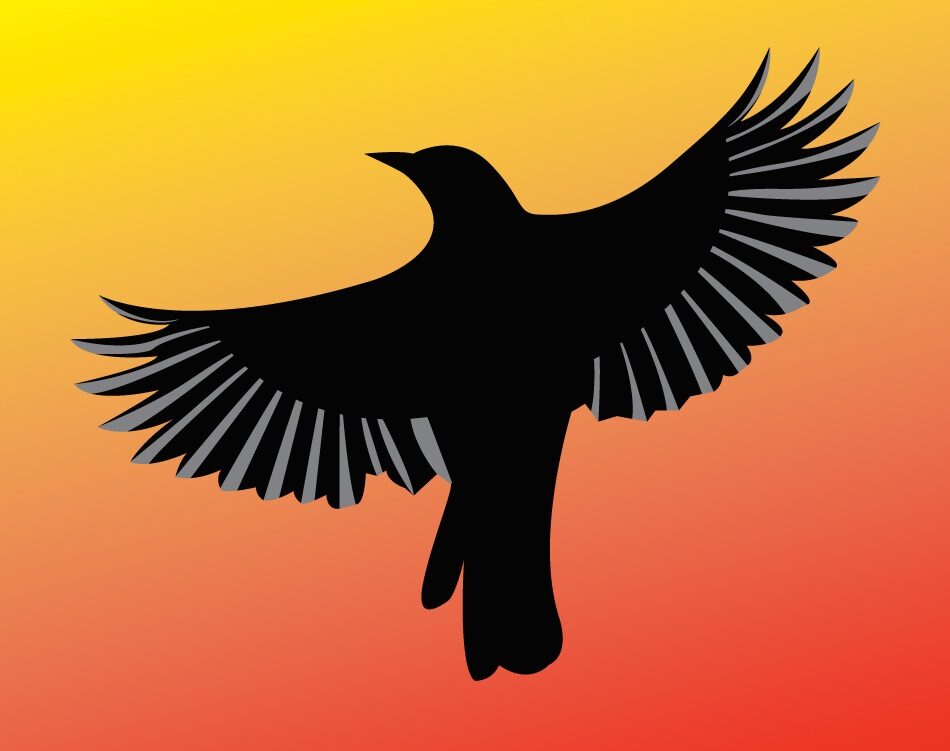Interview: Dean Wesley Smith on “How to Write a Novel in Ten Days”
How to Write a Novel in Ten Days is in the NaNoWriMo Writing Tools bundle, a collection of a dozen books on writing. A portion of the proceeds goes directly to the Challenger Center for Space Science Education, a non-profit group created by the families of the crew of the Challenger shuttle. This…
